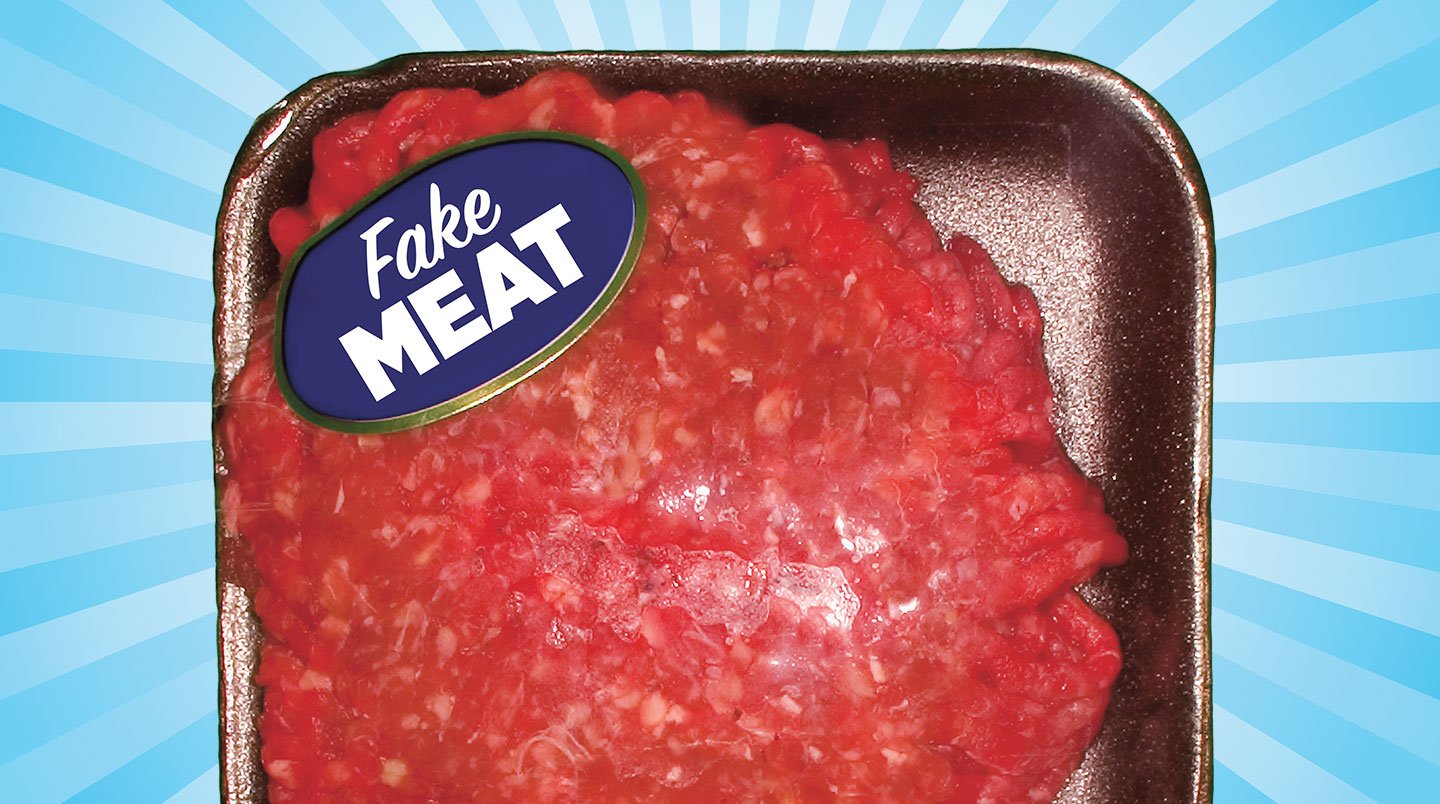Researchers around the world have spent years trying to create the perfect burger—one with just the right flavor, juiciness, and color. It needs to sizzle when it hits a hot grill and make your mouth water.
But these experts aren’t trying to make a burger from beef—or even one from potatoes, beets, and other plants like those now sold at Burger King and TGI Fridays. Instead, they’re working to produce a patty made entirely from animal cells in a lab. And researchers hope it will help save the planet.
How? It may surprise you, but beef has a huge effect on the environment—much greater than chicken, fish, or vegetables. That’s because raising cattle requires a tremendous amount of land, water, and other resources. Millions of acres of forests have been cleared to grow food for the animals to eat.
And perhaps most damaging of all, cows release greenhouse gases as part of their digestion process. When those gases—such as methane and carbon dioxide—collect in the atmosphere, they trap the sun’s heat close to Earth’s surface, contributing to climate change.
Researchers around the world have spent years trying to create the perfect burger. It should have just the right flavor, juiciness, and color. It needs to sizzle when it hits a hot grill. It should make your mouth water.
But these experts are not trying to make a burger from beef. They are not even trying to make one from potatoes, beets, and other plants like those now sold at Burger King and TGI Fridays. Instead, they are working to produce a patty made entirely from animal cells in a lab. And researchers hope it will help save the planet.
How? It may surprise you, but beef has a huge effect on the environment. It has a much greater effect than chicken, fish, or vegetables. That is because raising cattle requires a huge amount of land, water, and other resources. Millions of acres of forests have been cleared to grow food for the animals to eat.
And perhaps most damaging of all, cows release greenhouse gases as part of their digestion process. Those gases include methane and carbon dioxide. When they collect in the atmosphere, they trap the sun’s heat close to Earth’s surface. That contributes to climate change.

